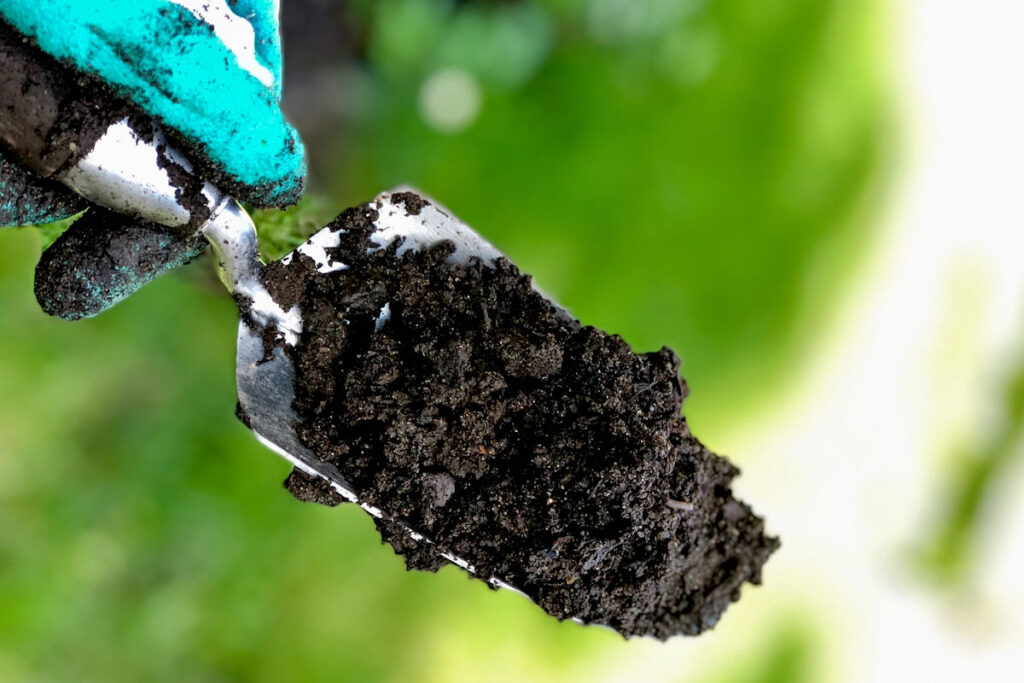Do you have good soil? It can be easy to treat it like dirt (pun intended) and not appreciate the incredible role soil has here on earth and in our lives. But if you have good soil, you have the organism of abundant possibilities – the living thing that God designed to be the very foundation of our earthly existence.
After reading Vegetables Love Flowers by Lisa Mason Ziegler a leader in the cut-flower growing industry, I set myself on a journey, to learn more about my dirt. I wanted to grow what I eat (vegetables) and what I gaze upon with wonder (flowers), with a holistic approach.
Growing up I don’t remember my father putting anything on his tomatoes, potatoes, or beans to prevent pestilent destruction. I just remember being told to go weed or pick for harvest. My father was the one who taught me how to can green beans and preserve strawberry jam. I don’t know if I just picked the veggies at the right time, but they were without blemish.
My father was a bit OCD on how his green beans should look in the jar. My father expected each bean to be cut the same length. It was a tedious task and not always so pleasant with my father’s critical eye, but the green beans did look beautiful in their jars. Moreover, the flavor of those beautiful green beans tasted even better.
I remember taking a few quarts of green beans to college (who does that?!) to share with my roommate. It just so happens that when I did my roommate at the same time brought fresh processed ham steak from her family homestead (like seriously – who does that?!). My roomie and I had our college dorm floor at Anderson University, smelling like home from cooking such a delicious meal on a hot plate.
THE HEALTH AND PRODUCTIVITY OF POWDER-LESS
As I grew in my garden skills, I became quite aware that soil could either bless or defeat my seedlings. Though the soil was amended with the finest horse manure, I reached for Sevin a Carbaryl pesticide introduced in 1958. It’s a rather fowl smelling powdery substance I shook on top of my green bean plants to kill pest that might attempt to rob me of a harvest. However, overtime the most crushing thing I noticed was that my vegetables just did not taste as they had in my youth. I began to wonder why I put so much work into a garden to have it not produce and when it did produce it just didn’t taste good.
However, once I began to learn more about soil, the components of good soil, and how flowers, and other beneficial plants can help heal the soil, I started to make small changes in my growing practices, including no longer using chemical pesticides. It took a while but overtime, I experienced truly transformative gardening successes. After about the third year I began to see clear and significant changes in the health and productivity of my garden.

One early sunny morning in late spring I was in the garden. The Bachelor Buttons were swaying in the wind and the bees were zig zagging around their tall stems. As I looked up there were bluebirds and dragonflies dancing overhead. It was extraordinary! That garden year was the first time I didn’t have to gear up to do battle with pests every day. I had made friends with those that would not only help my plants but heal my soil.
SIMPLE STEPS TOWARD GOOD SOIL
There are some small changes that you can plan to do that will make a big impact:
1. Commit to not to using pesticide. If you must, there are some natural ingredient mixtures that you can make yourself that are effective.
2. Test your soil. Know what you have, and what soil deficiencies you are dealing with from the start.
3. Visit your locale composting facility. Composting facilities process tons of vegetative waste and turn it into black gold. Ask them what testing they do to assure consistency and quality.
4. Cardboard- your soil will thank you if you lay down cardboard. Cardboard attracts earthworms. I have put cardboard in my above ground garden boxes and in a layered garden area at my home.
5. Save your leaves or go gather your neighbors’ leaves. Leaves are great at restoring the health to soil. BUT – be sure those leaves are free of weed seed.
6. Know your native plants and purchase or gather them and plant them in your growing areas around your home or in patio containers. Look up your local Cooperative Extension Office or reach out to Master Gardeners in your area.
7. Plant flowers that attract pollinators. Many of these flowers make beautiful bouquets. Zinnia are one of my favorites.

There is a wonderful awakening when you help to heal what has been broken down and overused. The Bible verse John 15:16 says, Ye have not chosen me, but I have chosen you, and ordained you, that ye should go and bring forth fruit, and that your fruit should remain that whatsoever ye shall ask of the Father in my name, he may give you. King James Version.
The path to good soil comes from taking thoughtful consideration for it. We need to change our growing practices, by asking, “Am I good soil? Am I in a place that God can grow something in me that helps to bring healing and hope to others and to my garden? Am I willing to allow my “good soil” to minister to others?”
You may find the path of joy leads others into your garden.










